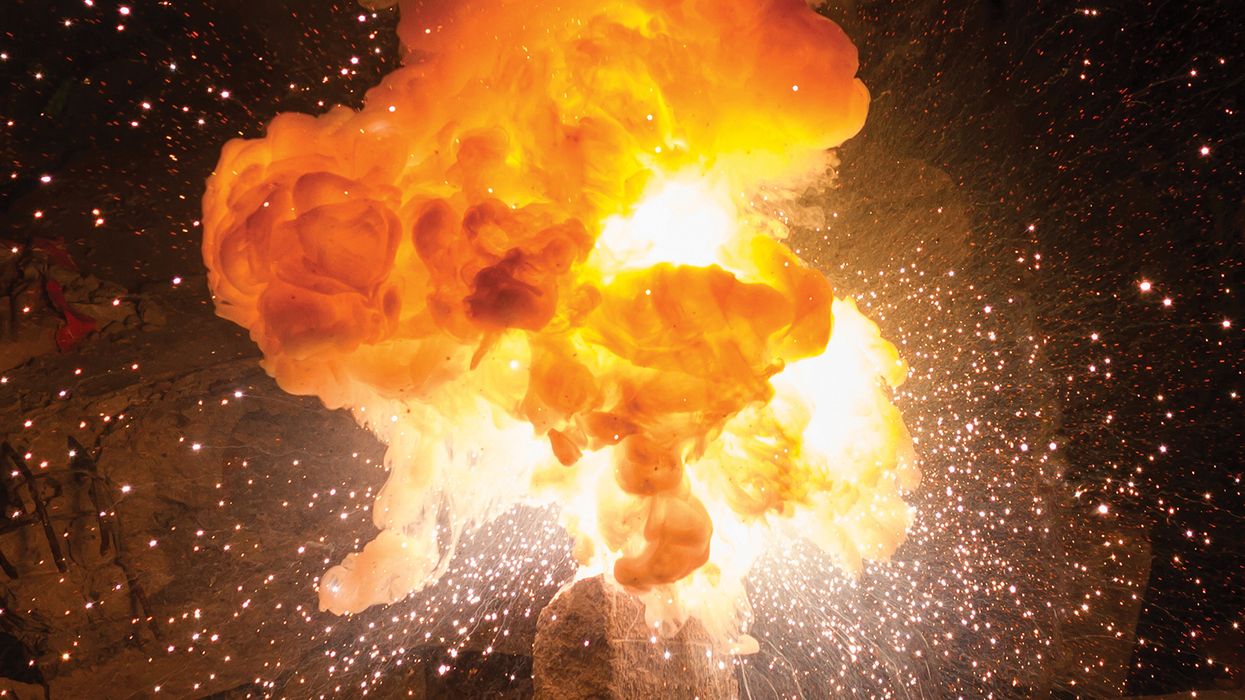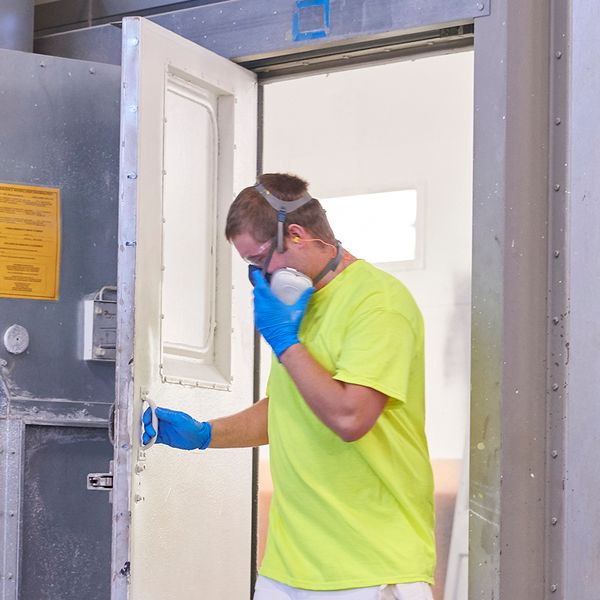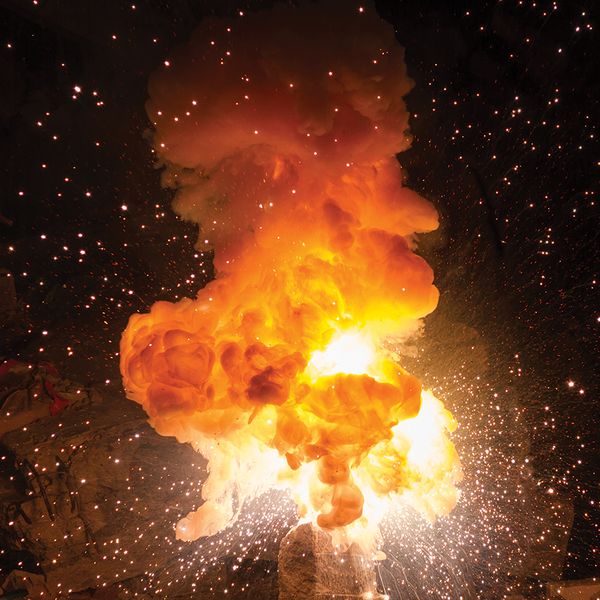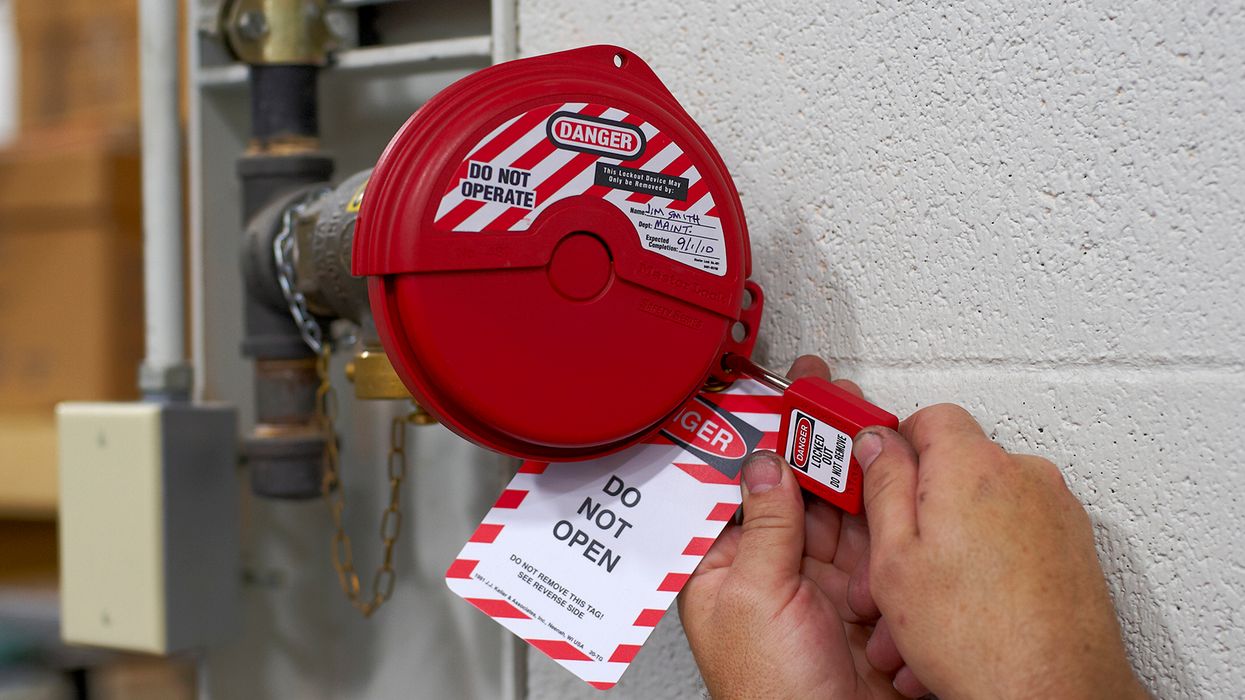Evaluate potential dust explosion hazards
Dust explosions can cause loss of life, injuries, and destruction of buildings. In many incidents, workers and managers were unaware of the potential for dust explosions, or failed to recognize the dust explosion hazards.
Facilities should carefully identify the following in order to assess their potential for dust explosions:
- Materials that can be combustible when finely divided.
- Processes which use, consume, or produce combustible dusts.
- Open areas where combustible dusts may build up.
- Hidden areas where combustible dusts may accumulate.
- Means by which dust may be dispersed in the air.
- Potential ignition sources.
Housekeeping is especially important where combustible dusts might accumulate. Facilities with the potential for dust accumulations should have regular cleaning schedules established for floors and horizontal surfaces to minimize dust accumulation. Horizontal surfaces include ducts, pipes, hoods, ledges, and beams. Cleaning techniques should not disperse the dust into the air.
The amount of dust necessary to cause an explosive concentration can vary greatly because there are so many variables including particle size, method of dispersion, ventilation systems, air currents, physical barriers, and the volume of the area in which the dust cloud exists or may exist.
Even if you can’t see dust in the air, it could be a problem. A hazard analysis should be tailored to the specific circumstances in each facility and the full range of variables affecting the hazard.

















































